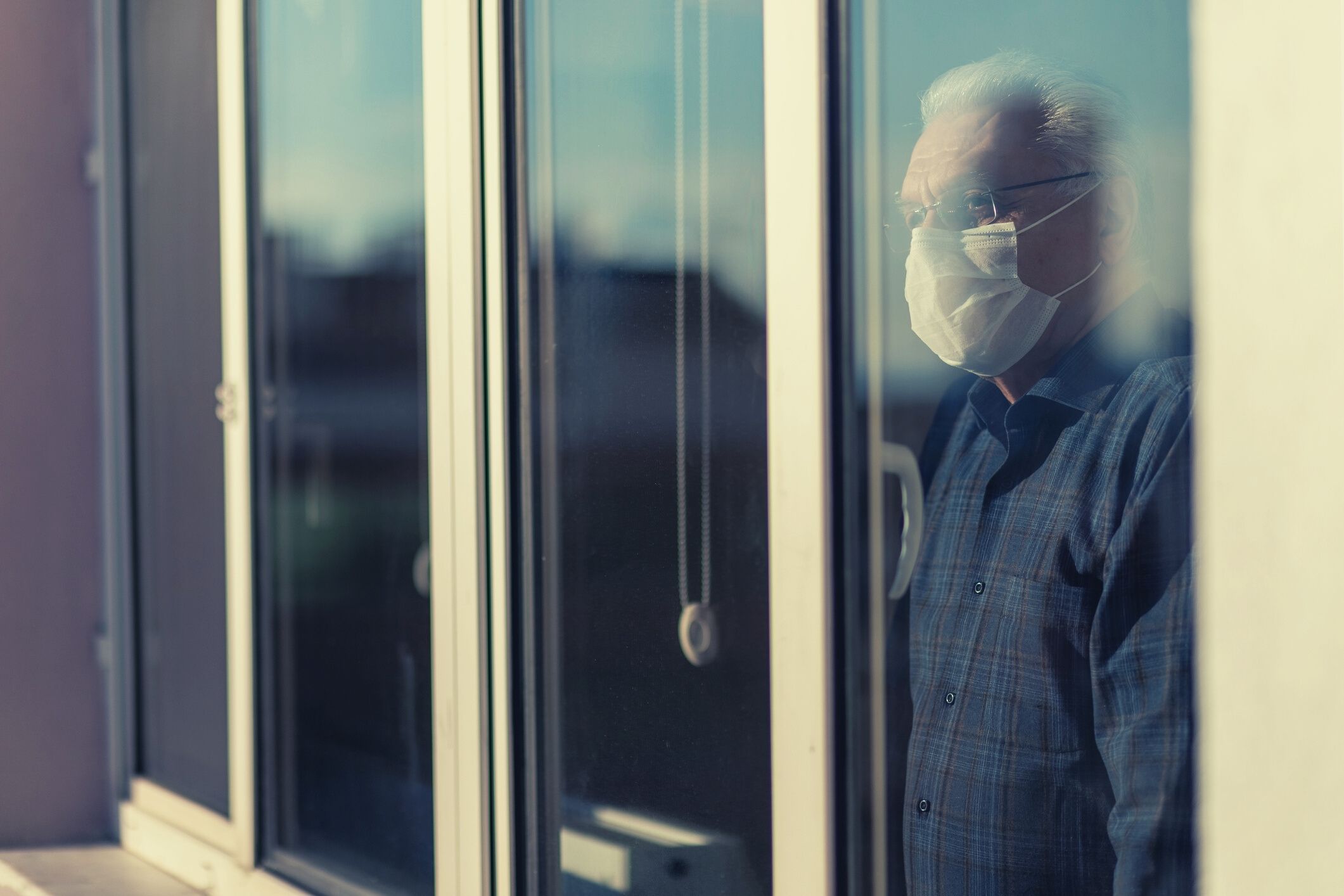
The results come as the head of aged care’s not-for-profit peak body revealed some aged care providers have as many as one-third of their workforce isolating due to either having COVID-19 or being a close contact.
It’s believed more than 500 aged care homes are currently experiencing a COVID-19 outbreak, with more than 3,200 cases, including more than 1,300 residents and 1,800 staff.
An aged care crisis
A new survey by the Health Service Union (HSU) of 1,000 aged care workers found staff were dealing with “severe understaffing” and “excessive workloads” in the latest phase of the pandemic, according to a report by SBS.
Of those surveyed by HSU, 82% said their aged care facility was unprepared for the massive wave of Omicron infections.
Survey respondents reported working 12-hour shifts, and even working up to 16 hours in a single shift.
Almost 2 in 5 aged care workers surveyed said they had isolated due to COVID exposure.
Only 16% of those who had to isolate had access to paid isolation leave, according to the HSU survey.
Many of the workers surveyed said their aged care home did not have enough rapid antigen tests (RATs) or protective equipment (PPE).
Gerard Hayes, National President of the Health Services Union, told SBS that aged care workers were on the frontline of the pandemic with “little protection”.
He said shortages of RATs and PPE were endangering staff.
“The Morrison government comprehensively failed to plan before allowing Omicron to rip through the community,” Mr Hayes said.
“Residents in aged care facilities, who built this country, are paying the price,” he added.
Prime Minister Scott Morrison has refused to accept claims the government is following a ‘let it rip’ strategy in relation to COVID-19, causing the spike in numbers.
“I’d describe it more as a pushing through,” he said.
Up to 30% of staff isolating
Paul Sadler, CEO of Aged and Community Services Australia (ACSA), told 3AW radio that many residents have been in “isolation … for a long time now,” a situation he said was “untenable”.
“This is now becoming a really serious crisis,” he said of Omicron’s impact on aged care.
Though providers are doing “whatever they could” to manage outbreaks, the Omicron wave has “overwhelmed” their efforts, he said.
Aged care services, including residential and home care, now have between 5% and 30% of their staff rosters unfilled, Mr Sadler continued.
ACSA is calling on the National Cabinet to establish a clear national definition of close contacts that will take some pressure off the staffing problems aged care homes are facing, Mr Sadler explained.
Omicron is still “dangerous”, he said, but added, “we do need some new settings that deal with the realities of the Omicron spread.”